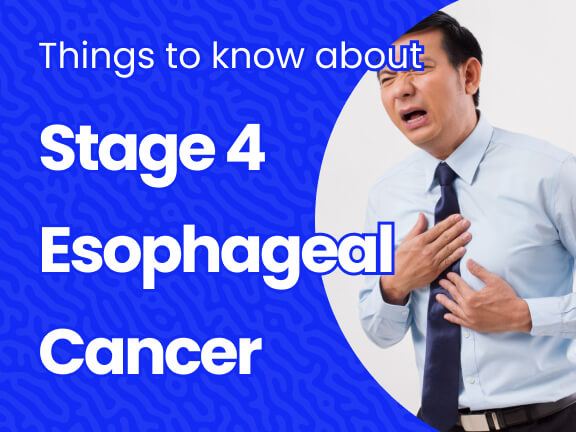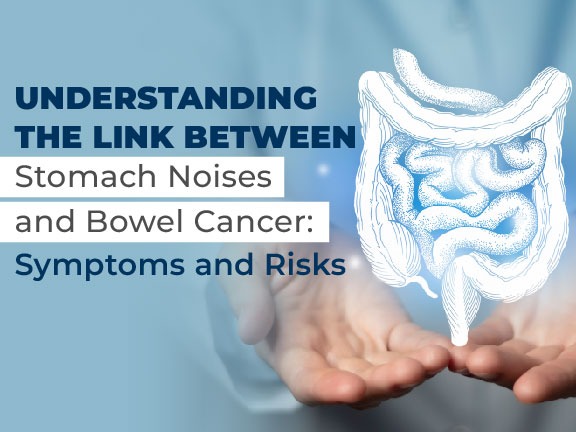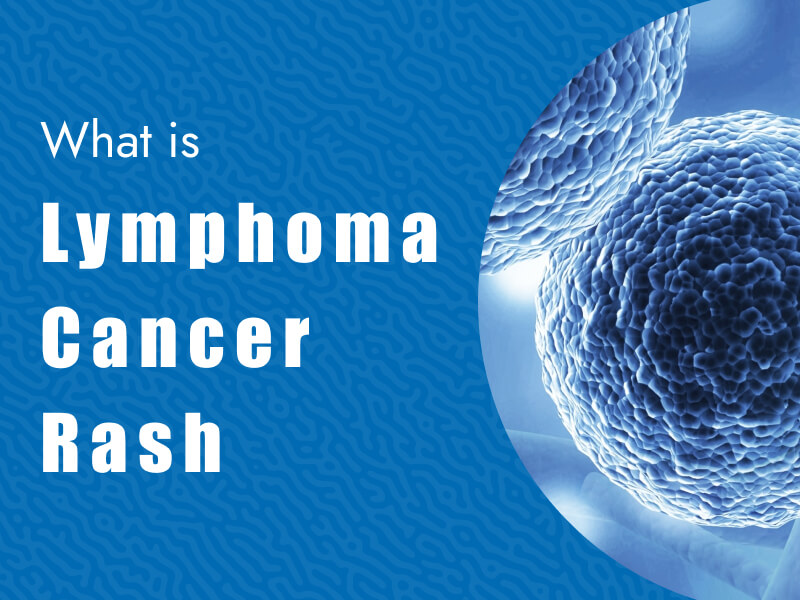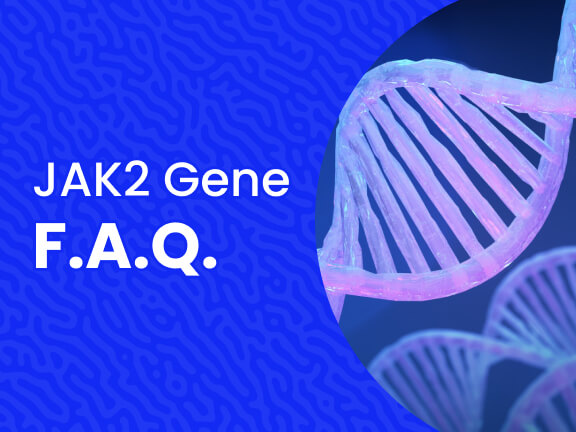Stage 4 esophageal cancer is the most advanced form of esophageal cancer. Indicating that the cancer has spread beyond the esophagus to other parts of the body, such as the liver, lungs, or distant lymph nodes. At this stage, treatment options are often focused on palliative care to relieve symptoms and improve the quality of life rather than aiming for a cure.
Stage 4 esophageal cancer presents significant challenges for both patients and healthcare providers. The prognosis at this stage is generally poor, with a focus on extending life expectancy and maintaining comfort. Multidisciplinary care teams, including oncologists, palliative care specialists, and nutritionists, work together to create a comprehensive care plan. Clinical trials may offer access to new treatments and therapies that are not yet widely available. Emotional and psychological support is also crucial, as patients and their families navigate the complexities of living with advanced cancer.
Stage 4 esophageal cancer symptoms typically include:
- Difficulty swallowing (dysphagia),
- Weight loss,
- Chest pain or discomfort,
- Chronic coughing or hoarseness,
- Fatigue,
- Shortness of breath,
- Hiccups,
- Swollen lymph nodes,
- Jaundice or abdominal swelling.
What Is a Stage 4 Esophageal Cancer?
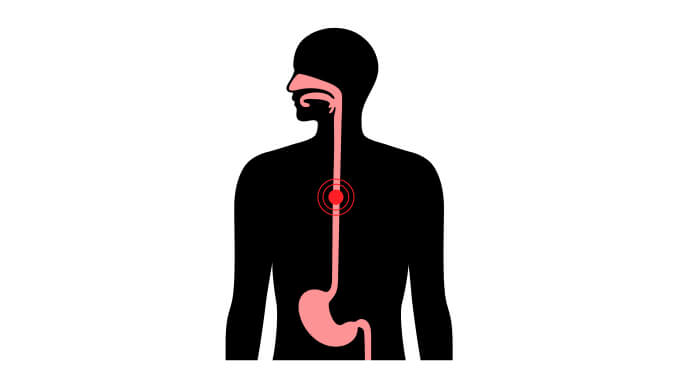
Stage 4 Esophageal Cancer Survival Rate
Stage 4 esophageal cancer survival rate is a crucial measure of prognosis. At this stage, the cancer has spread to distant organs, complicating treatment. Squamous cell carcinomas are a common type, originating in the esophageal lining. These cancer cells can aggressively invade and spread to the stomach and liver (metastasis liver).
The survival rate by age varies, with younger patients having a slightly better prognosis. However, the five-year survival rate is generally less than 5%. Early detection and comprehensive treatment options are vital.
Symptoms include difficulty swallowing, weight loss, chest pain, and fatigue. A feeding tube may be necessary for nutrition. Causes include GERD, smoking, heavy alcohol use, and poor diet.
Treatment involves chemotherapy, radiation, and targeted therapies. Surgery is usually not an option due to extensive spread.
- Chemotherapy: Kills cancer cells and shrinks tumors.
- Radiation: Targets cancer cells with high-energy beams.
- Targeted therapy: Focuses on molecules involved in cancer growth.
- Palliative care: Improves quality of life by managing symptoms.
Despite low survival rates, some survivors live beyond the typical prognosis through early detection and aggressive treatment. Continued research and clinical trials offer hope for better treatments in the future. Understanding the disease, its causes, and treatments can help patients and families manage this diagnosis.
Stage 4 Esophageal Cancer Life Expectancy With Treatment
4 stage esophageal cancer life expectancy with treatment varies significantly. At this stage, the cancer has spread to other parts of the body, such as the liver, lungs, or nearby lymph nodes, making treatment more challenging.
Symptoms of 4 stage esophageal cancer include difficulty swallowing, weight loss, back pain, and chest discomfort. Conditions like Barrett’s esophagus can increase the risk of developing esophageal cancer. Squamous cell carcinoma, originating in the flat cells lining the esophagus, is one of the main types of esophageal cancer.
Treatment focuses on improving quality of life and may include surgery, chemotherapy, radiation therapy, and the placement of a stent to keep the esophagus open. The life expectancy for stage 4 esophageal cancer is generally limited, with many patients living for months rather than years.Improving quality of life is a primary goal, with treatments designed to manage pain, nutritional issues, and other complications. While the prognosis remains poor, early and aggressive treatment can sometimes extend survival and enhance the patient’s well-being. Understanding the stage of the cancer and the patient’s specific circumstances is crucial for tailoring the most effective treatment plan.



